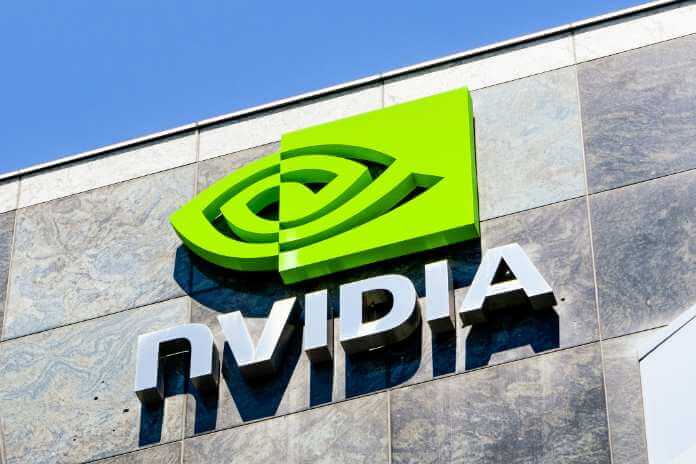Kraft Heinz Company (NASDAQ:KHC) is grappling with a challenging consumer environment and rising commodity costs, resulting in a 10.7% decline in share value over the past three months. Currently trading at $32.07, the stock is near its 52-week low of $30.68 and 17.7% below its 52-week high of $38.96.
Technical Concerns
The Pittsburgh-based company’s stock has fallen below critical technical levels, including its 50-day and 200-day moving averages. These thresholds are key indicators of market trends and momentum, raising investor concerns about KHC’s ability to navigate the current market dynamics.
Valuation Issues
Kraft Heinz appears overvalued from a price-to-sales perspective, with a forward 12-month P/S ratio of 1.45, compared to the industry average of 1.33. This premium valuation raises concerns about the stock’s sustainability and suggests potential for further decline.
Challenges Facing Kraft Heinz
Kraft Heinz is not alone in facing macroeconomic challenges, similar to Campbell Soup, General Mills, and Conagra Brands. Volatile consumer behavior, particularly among lower-income segments, is a significant issue. High interest rates and decreasing savings are impacting consumer spending, and reductions in Supplemental Nutrition Assistance Program benefits are further straining purchasing power. Kraft Heinz, which relies heavily on middle and lower-income households, is particularly vulnerable.
The economic constraints have led consumers to reduce spending at restaurants and convenience stores, opting instead to prepare meals at home. This shift has reduced restaurant traffic in the U.S., negatively impacting Kraft Heinz’s Away from Home business. The company’s first-quarter 2024 sales decline of 1.2% underscores these issues.
Additionally, higher costs for raw materials, packaging, and logistics are squeezing profitability. Passing these costs onto consumers is challenging, and increased marketing investments are raising operating expenses.
Analyst Sentiment
Analyst sentiment has weakened, with the Consensus Estimate for current and next fiscal year earnings per share dropping by one cent each to $3.01 and $3.17, respectively, over the past week. This downward adjustment reflects negative sentiment among analysts and suggests potential challenges in achieving projected profitability.
Potential for Recovery
Kraft Heinz is addressing economic pressures on lower-income households by offering value-oriented products for affordable meals at home. For higher-income consumers, the company provides premium products catering to quality and culinary experience expectations.
The company is also renovating its core brands and introducing innovative food solutions, aiming to generate an additional $2 billion in net sales. The Accelerate Platform focuses on high-potential categories and brands, including mac & cheese innovations, condiment expansion, and exiting non-strategic businesses to focus on more profitable areas.
Kraft Heinz’s strategic initiatives aim to strengthen market position, drive growth, and meet diverse consumer needs. The company is also focused on cost management and strategic pricing to offset inflationary pressures. The recent launch of new product lines and partnerships with popular restaurant chains also reflect the company’s efforts to stay relevant in a highly competitive market. Additionally, Kraft Heinz’s commitment to sustainability and social responsibility is gaining traction among environmentally conscious consumers, which could bolster its brand image and sales in the long term.
Investor Decision
Investors face a critical decision regarding Kraft Heinz’s prospects. Despite strategic initiatives aimed at growth, the stock remains troubled by higher input costs and shifting consumer preferences. Given the recent stock performance and valuation concerns, investors might consider exploring other opportunities. However, those with a long-term perspective and confidence in the company’s strategic direction might see the current dip as a potential entry point, provided they are prepared for potential volatility.
Featured Image: Unsplash @ attpedro

















